1. Knocking on Wood
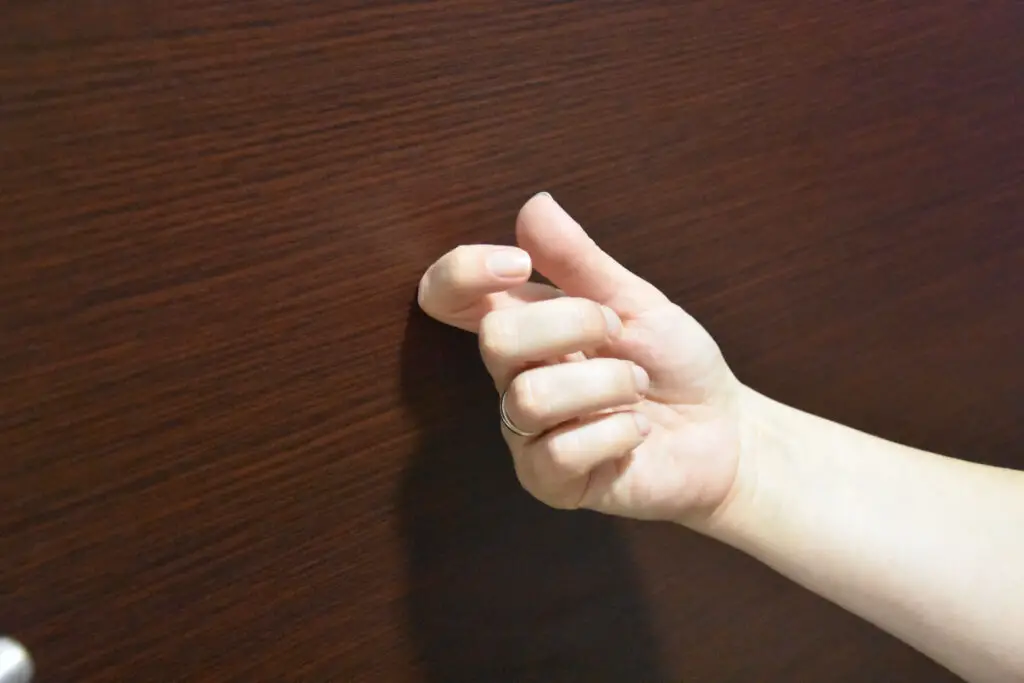
This little habit goes back to ancient cultures who believed spirits lived inside trees. By knocking, people thought they could call on those good spirits for protection, or even scare away bad ones that might be eavesdropping. Today, people still give a quick rap on a table or doorframe after saying something they hope won’t be jinxed. It’s a tiny ritual that feels harmless but carries the same old desire to ward off misfortune.
Even in offices and casual conversations, you’ll hear people say “knock on wood” while literally tapping on their desks. The gesture doesn’t mean much logically, but it gives a sense of control in uncertain situations. It’s a comforting leftover from ancient superstition that still lingers in everyday language and actions.
2. Friday the 13th

Fear of the number 13 stretches back to ancient civilizations, where it was seen as unlucky compared to the “perfect” number 12. Add Friday, a day once considered bad luck in medieval times, and you’ve got the ultimate unlucky combo. Today, entire buildings skip the 13th floor and airlines sometimes avoid having a row 13. The superstition has become ingrained in architecture and travel industries without most people questioning why.
Even modern horror movies lean into the idea, giving us the iconic Friday the 13th franchise. It shows how a centuries-old belief can still influence entertainment, business, and even how we design our homes. While many brush it off as silly, people still quietly avoid big decisions or travel on that day.
3. Breaking a Mirror
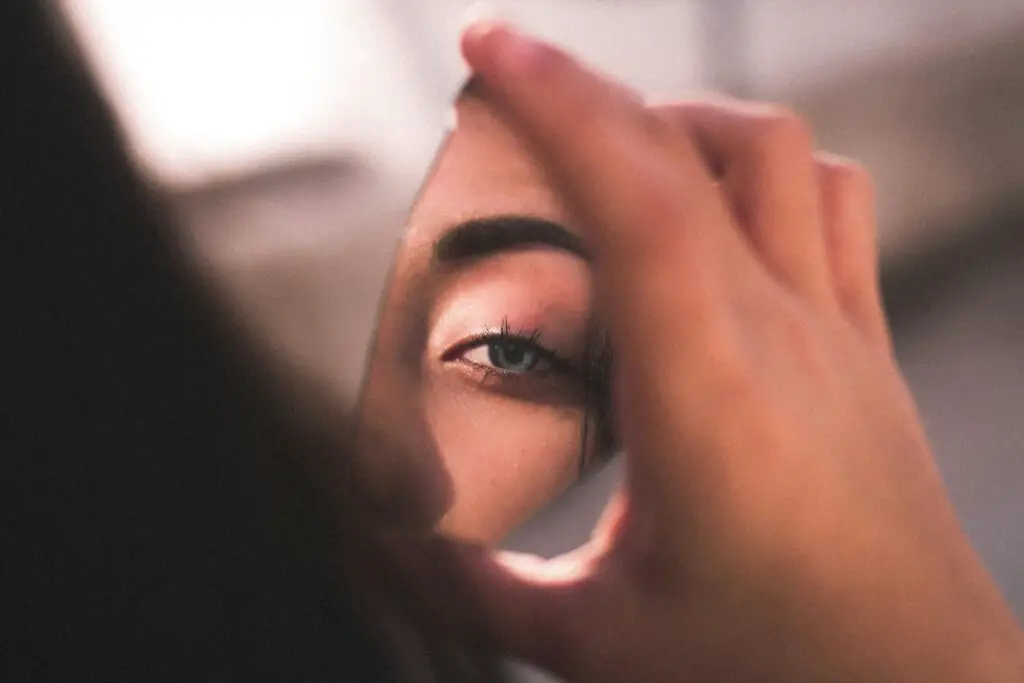
In ancient Rome, people believed mirrors weren’t just reflections but held pieces of the soul. Breaking one meant damaging yourself spiritually, bringing seven years of misfortune. The number seven was tied to cycles of renewal, so supposedly, you had to wait that long for your soul to “heal.” This belief was so strong it shaped household behavior for centuries.
Today, most people don’t panic over a broken mirror, but you’ll often hear someone joke about their bad luck afterward. It’s so deeply embedded in culture that the idea of “seven years of bad luck” rolls off the tongue without question. The ancient link between reflections and souls has stuck with us in ways we barely notice.
4. Horseshoes for Luck
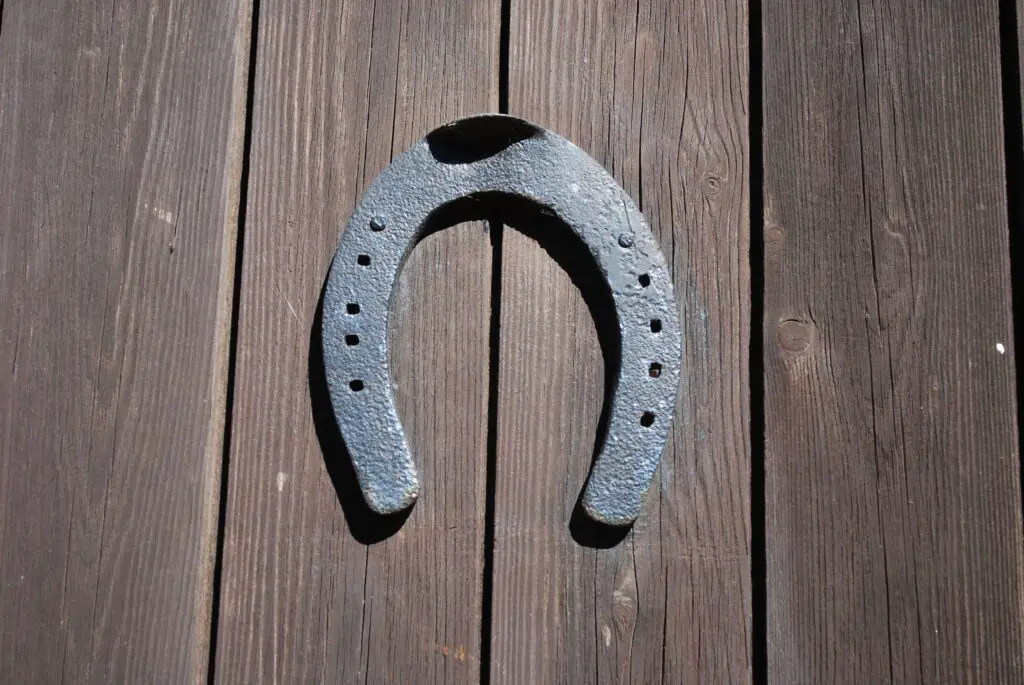
Horseshoes were made of iron, which ancient people believed could ward off evil spirits. Hung above a door, they symbolized protection and prosperity, especially if placed with the open end facing upward to “catch” luck. The crescent shape also tied back to moon symbolism, giving it a mystical edge. Over time, this simple tool for horses became a powerful good luck charm.
Today, you’ll still see horseshoes nailed above doorways, printed on wedding invitations, or even in sports logos. They remain a universal sign of good fortune, often without people knowing their spiritual origin. It’s one of the clearest examples of superstition sneaking into modern décor and tradition.
5. Tossing Salt Over Your Shoulder

Salt was considered sacred and valuable in the ancient world, often used to preserve and purify. Spilling it was seen as wasteful and unlucky, possibly inviting evil. To undo the misfortune, people tossed a pinch over their left shoulder, the side the devil was thought to linger. This small action became a way to restore balance.
Even now, you’ll see people instinctively fling salt after an accidental spill at dinner. Most don’t actually believe in warding off the devil, but it feels like the “right” thing to do. This reflex shows how superstition continues to blend with mealtime habits in subtle ways.
6. Black Cats
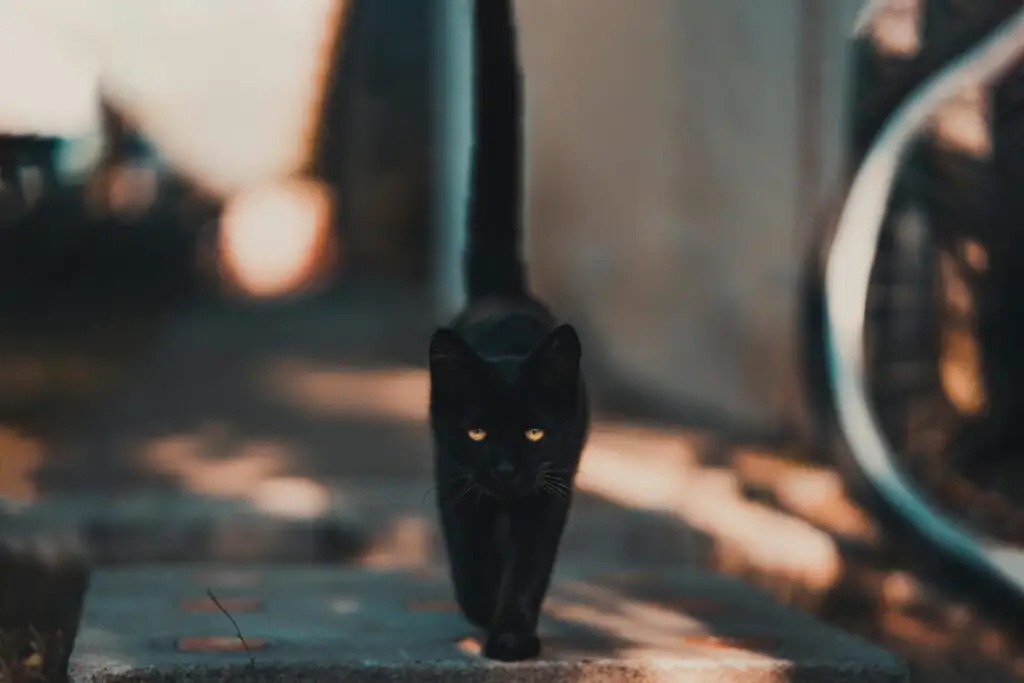
In ancient Egypt, cats were revered as sacred animals, but centuries later in Europe, black cats became linked with witches and bad omens. Crossing paths with one was thought to bring misfortune, especially during the Middle Ages. This belief spread widely and influenced how people treated animals and each other.
Fast forward to today, and black cats still face stigma, especially around Halloween. Many shelters even avoid adopting them out during October. At the same time, they’ve also become icons of charm and mystery. The superstition lives on in both fear and fascination.
7. Wishing on Stars

The practice of wishing on stars comes from ancient beliefs that celestial bodies were linked to gods or divine messages. A shooting star was seen as a rare chance to speak directly to the heavens. People would whisper wishes, believing they might be carried upward. The idea combined awe of the skies with hope for personal blessings.
Even today, kids and adults alike make wishes on stars, often with no thought to where the tradition began. Disney even leaned into it with “When You Wish Upon a Star,” keeping the custom alive in pop culture. This ancient habit of looking up and hoping is still very much with us.
8. Carrying a Rabbit’s Foot

Rabbits have long been associated with fertility and good fortune in many cultures. Carrying a rabbit’s foot as a charm is thought to date back to Celtic tribes who linked it with protective magic. The foot specifically symbolized speed, luck, and even trickery to outwit bad spirits. It was believed to channel the animal’s essence into the owner’s life.
Though less common now, rabbit’s feet were hugely popular good luck charms well into the 20th century. Keychains, jewelry, and even sports memorabilia often featured them. While today many people prefer cruelty-free alternatives, the rabbit’s foot remains an enduring symbol of superstition.
9. The Evil Eye
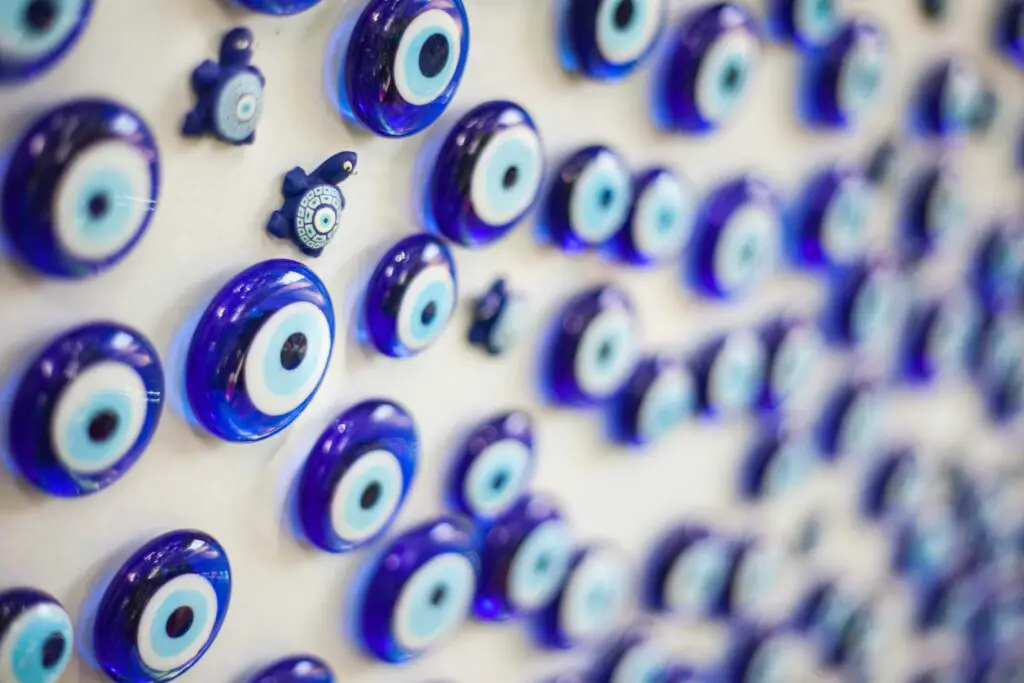
The belief in the evil eye stretches back thousands of years, across the Middle East, Mediterranean, and South Asia. It’s the idea that envy or ill will can be cast like a curse through a glance. To protect against it, people wore amulets or painted the blue eye symbol on homes and objects. These charms promised safety from unseen negativity.
Even today, evil eye jewelry is sold everywhere from fashion boutiques to online shops. It’s trendy while still carrying spiritual weight for many cultures. Whether worn for style or belief, the superstition is alive and thriving in modern wardrobes.
10. Knives as Gifts
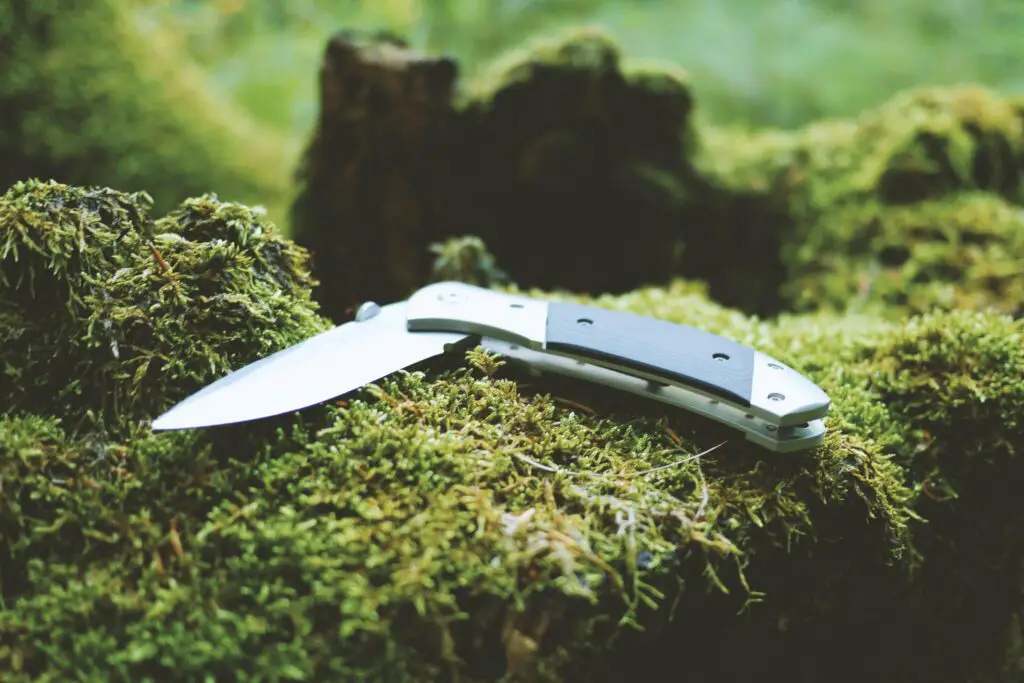
Ancient superstition held that gifting a knife could sever a friendship or relationship. To avoid this, people often gave a coin alongside it, which the receiver would “pay” back, symbolically neutralizing the bad omen. The belief highlights how much meaning people once attached to everyday objects.
Even now, etiquette guides suggest never giving knives alone. It’s common to include a penny or small coin as part of the gift, keeping the tradition intact. What started as a superstition has become an unspoken social custom passed quietly through generations.
11. Crossing Fingers
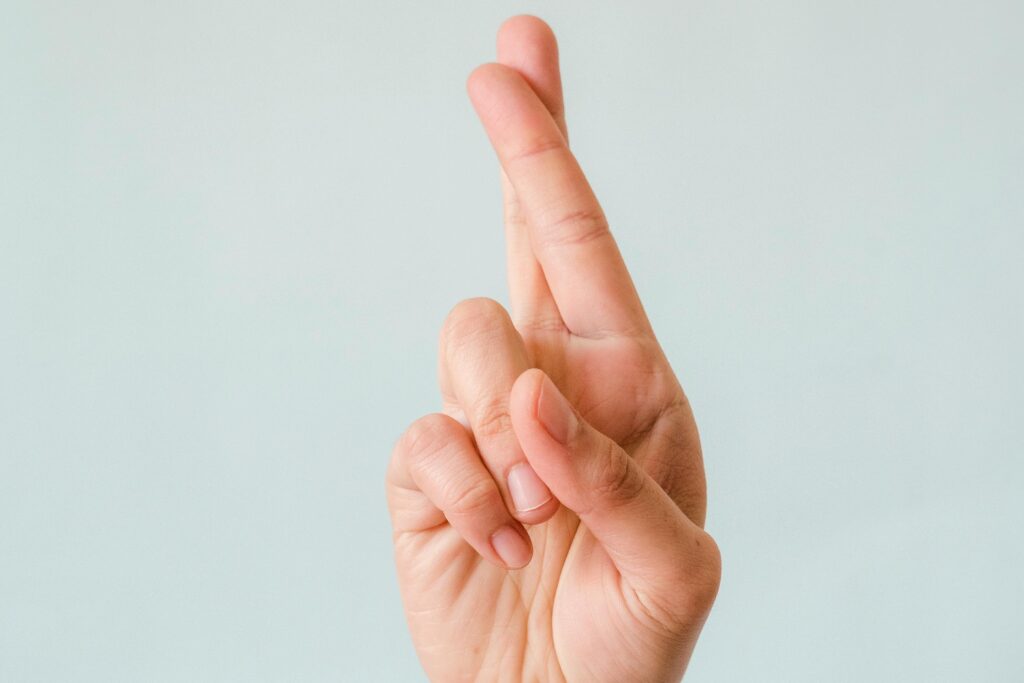
The act of crossing fingers dates back to early Christianity, where it symbolized making the sign of the cross for protection. Over time, it became a casual way to invoke divine blessing or luck. People crossed fingers when hoping for good news or to ward off danger. The gesture carried strong religious and magical meaning.
Today, the gesture has shifted into everyday language and habits. People say “fingers crossed” before a big event, exam, or job interview. Even if they don’t associate it with religion, the comfort of a little ritual remains the same.
12. Carrying Coins
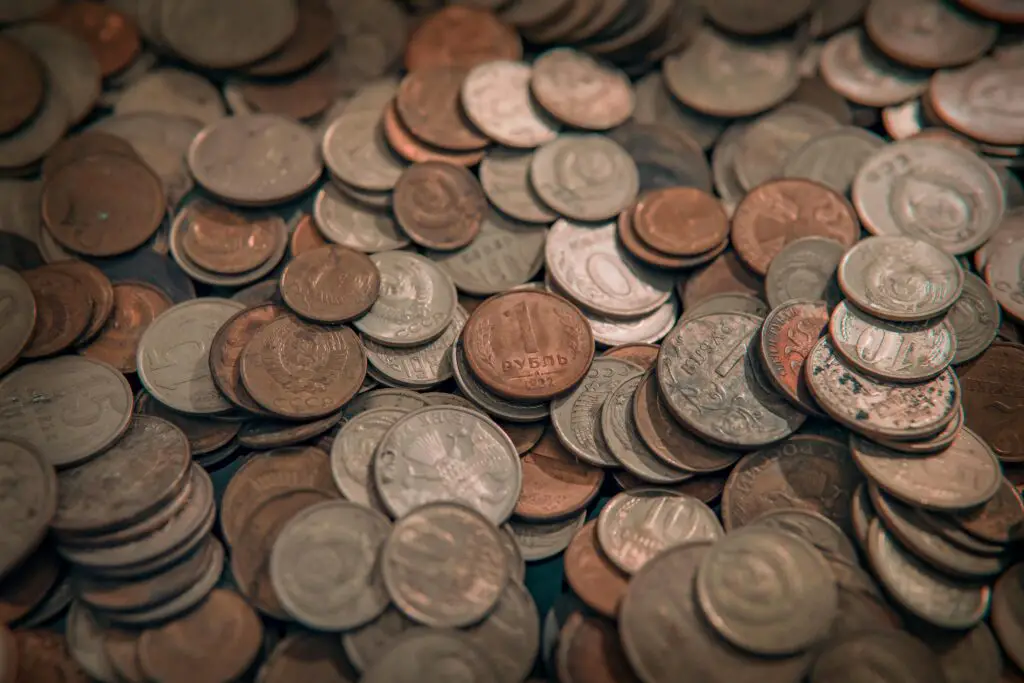
In ancient Rome and Greece, coins were thought to bring prosperity and good fortune when carried close. The shiny metal was tied to wealth and divine favor, so many carried them as charms, not just currency. Finding a coin on the ground was also seen as a sign from the gods of luck or future wealth.
Modern sayings like “find a penny, pick it up” keep this alive. People still get a little thrill from spotting change on the street, even though the value is tiny. It’s less about money and more about the sense of being given a lucky sign.
13. Wedding Veils
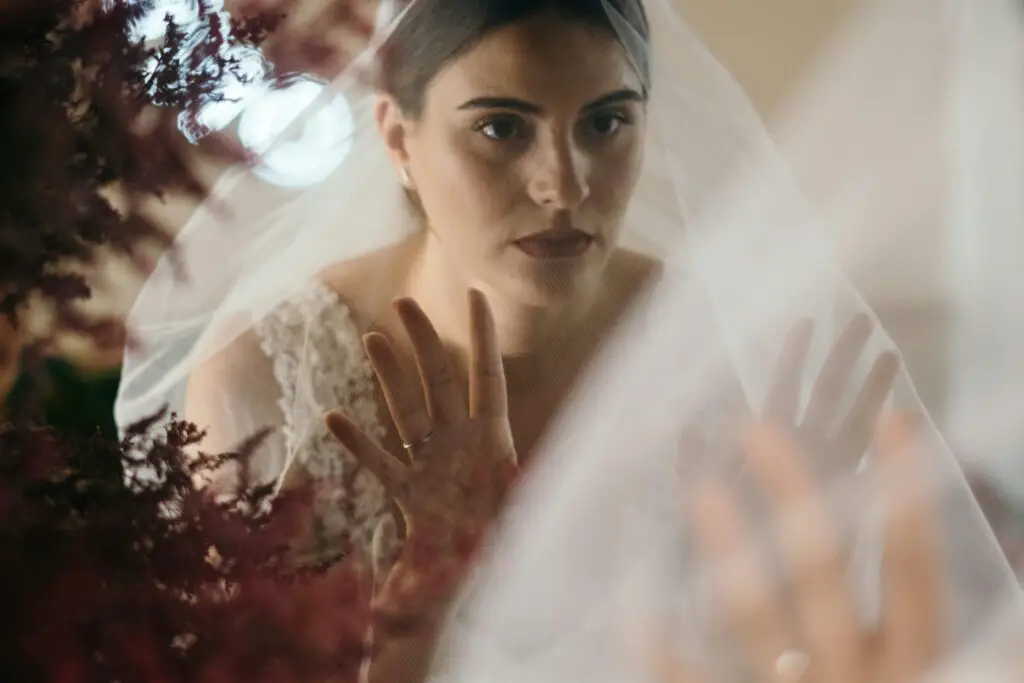
The tradition of veils comes from ancient Rome, where brides wore them to ward off evil spirits jealous of their happiness. The veil served as a shield, protecting the bride from bad luck or curses before she joined her new family. It was both symbolic and superstitious.
Today, veils are mostly seen as fashion or tradition, but their roots are still there. The idea of “unveiling” is tied to safety, transition, and good fortune in marriage. Brides may not think about spirits anymore, but they’re following the same ritual steps.
14. Birthday Candles

The custom of placing candles on a cake dates back to ancient Greece, where round cakes with candles were offered to Artemis, the moon goddess. The smoke was believed to carry wishes and prayers upward. Blowing out the candles became a way of sealing a wish. This simple act combined food, fire, and spirituality.
Modern birthdays are almost unimaginable without candles and wishes. Kids still close their eyes, make a secret hope, and blow with excitement. Even though the goddess Artemis has long been forgotten in the tradition, the ritual remains a cherished and magical part of life.
